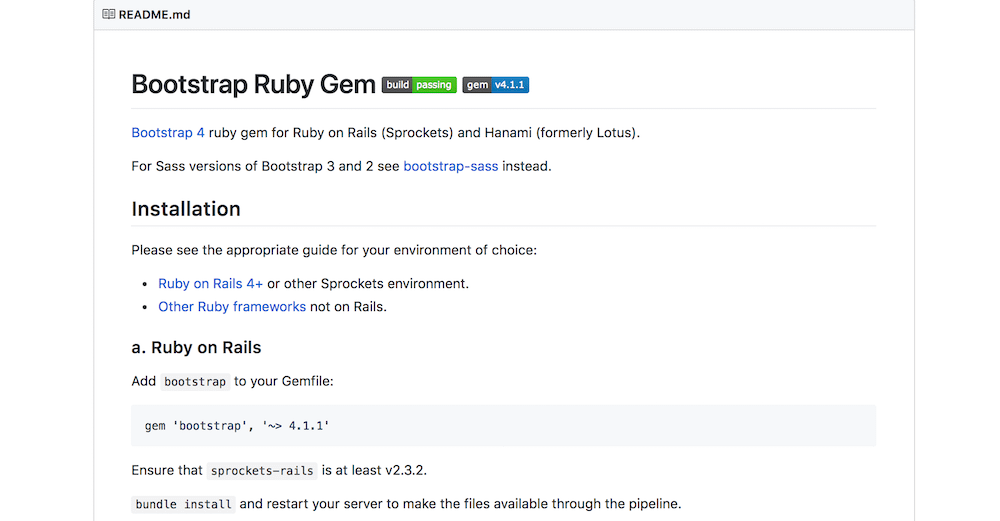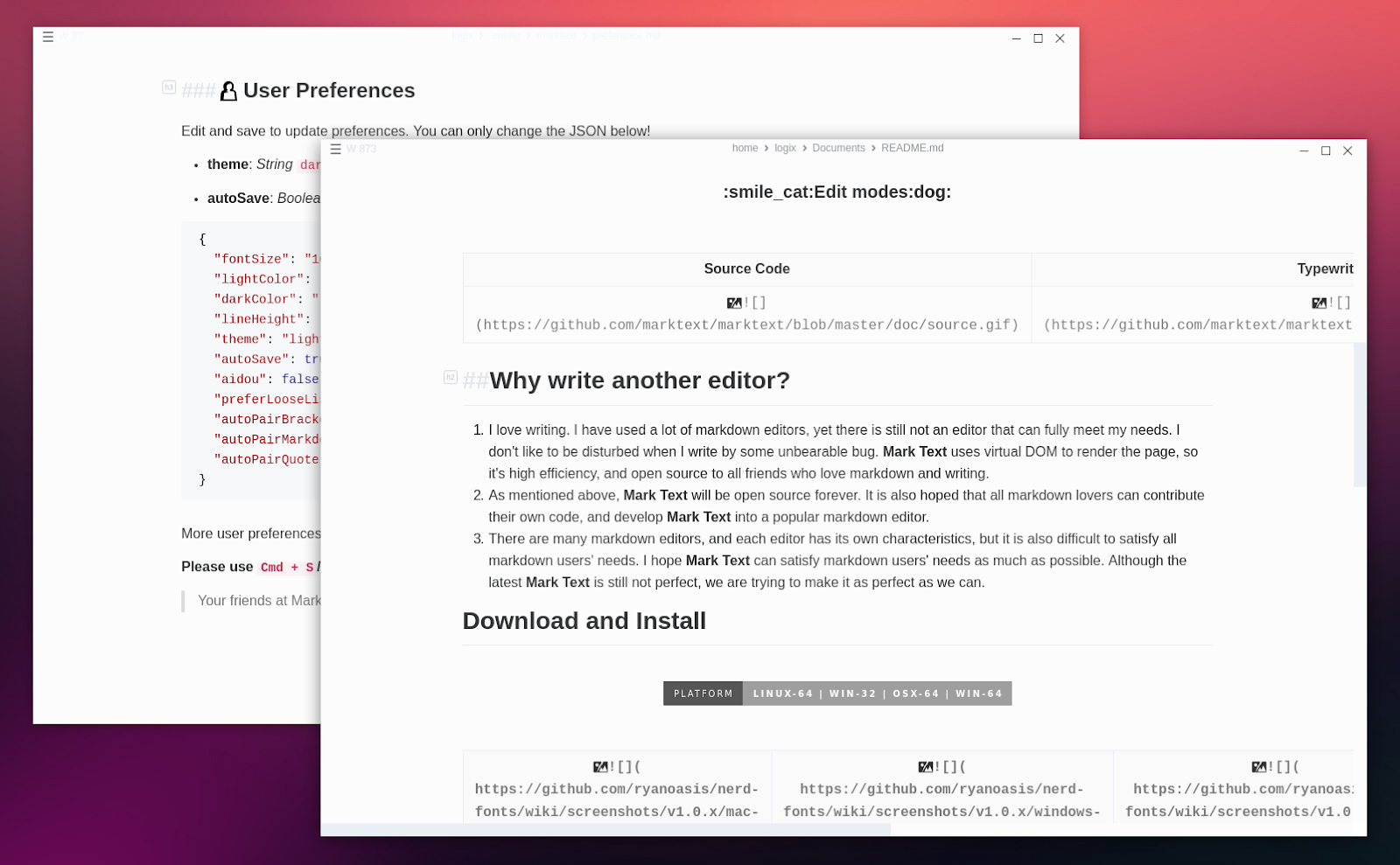

MARK TEXT GITHUB UPDATE
Generally you don't need to do this, existing table of contents will auto update on save by default. Update existing table of contents manually You can view here to know differences between GFM and Redcarpet style toc links. This command is suitable for Jekyll or anywhere else use Redcarpet as its Markdown parser. Generate table of contents in Redcarpet link style. This command is suitable for Markdown files in GitHub repositories, like README.md, and Markdown files for GitBook. Generate table of contents in GFM link style. The command will generate headings after the cursor into table of contents. Move the cursor to the line you want to append table of contents, then type a command below suit you. Generate table of contents for Markdown files.Īuto update existing table of contents on save. If you are working with Markdown parsers GFM (GitHub Flavored Markdown) or Redcarpet, I wrote a Vim plugin to handle table of contents. Thanks for all the great work on this project 😃ĮDIT: just checked the roadmap and saw that it’s at the top and already well planned out.Anchor tags generated by different Markdown parsers are not even. I know that many of these suggestions hit the same issue as described above- a significant refactor is necessary no matter what, even if just switching to a better data structure as originally suggested. Similarly, the data is fundamentally raw text data and working with the MD file directly may be the obvious route, but there’s no reason a cache where the file is converted to something more processing friendly couldn’t be kept: say in JSON somewhere?.For example, it’s almost certain that any document large enough to notice a performance impact will be organized by headings, maybe you could split at each header? I’m not sure this is a logical route to take, but I think it’s worth considering You may be able to abuse some things about the data though. As noted about history, anything with the clipboard is awful, and from the original issue description above, it does sound like this just comes down to the data structure used.Adding the option to disable some of the more advanced options (Vega Chart, Flow Chart, Sequence Diagrams) may help.If images are rendered at all times, maybe only rendering them when on screen would help.
MARK TEXT GITHUB CODE
I haven’t dug though the code at all so I’m not sure if these are done already or the feasibility/practicality of any of these recommendations but:

Even just a raw text editor, like VSCode, with syntax highlighting for the markdown just gets bogged down. I’m working on a massive markdown document over at and hoboy does marktext get laggy, but then again so does everything else. Wanted to drop by and note that this is actually affecting real world use cases. Using Marktext 0.14.0-3 – marktext-bin in the AUR on a very high end system Atom’s new concurrency-friendly buffer implementation.immutable.js - Immutable persistent data collections for Javascript.CppCon’17 Talk: Postmodern Immutable Data Structures Talk.Postmodern immutable and persistent data structures for C++.Superstring - Native library at the core of Atom’s text editor.Note to self: Atom has written a blog post about integrating Superstring with a virtual DOM.

Can we “just” change your API to use a different data structure?.Should we fork/implement this by our own and consider this problem? How do we interact with CodeMirror and the virtual HTML DOM stuff.There are already libraries, which we can use like Superstring from the Atom text editor. I don’t want to go into the detail, but the explanation from Juan Pedro Bolivar Puente of his talk “Postmodern immutable data structures” or Atom’s/vscode’s blog post, does indeed. When it comes to larger documents, this is very inefficient and result in high CPU and RAM usage because we create many copies from the String.Ī solution would be to use a (immutable) data structure with support for snapshots (undo/redo) and better memory management. At the moment Mark Text using a simple String to represent the document content.


 0 kommentar(er)
0 kommentar(er)
